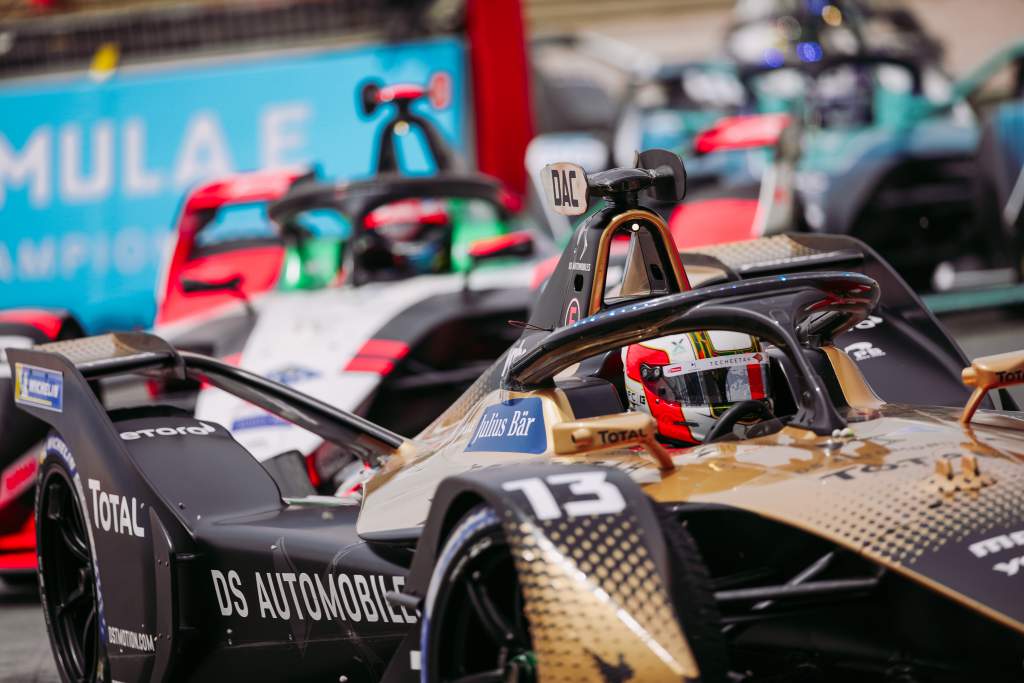Just as death and taxes are inevitable in life generally, so too driver movement from one season to the next is a certainty in Formula E.
Several factors will dictate the extent to which a shuffling of the deck occurs for 2021-22, and some of them are expected to be far-reaching and require a level of foresight usually reserved for chess players.
The Race counted at least seven driver representatives deep in conversation with their charges and a variety of teams amid the nooks and crannies of Monaco earlier this month.
This is not unusual at all. But what is extraordinary is the driver market landscape right now, particularly in relation to what both the post-pandemic transition business scene is and also the imminent development period of the new Gen3 cars.
More intricate then previous seasons, and with several drivers looking for new deals and a change of scene, several key factors will influence many of the expected moves.
Cost Cap/Rules & Regs
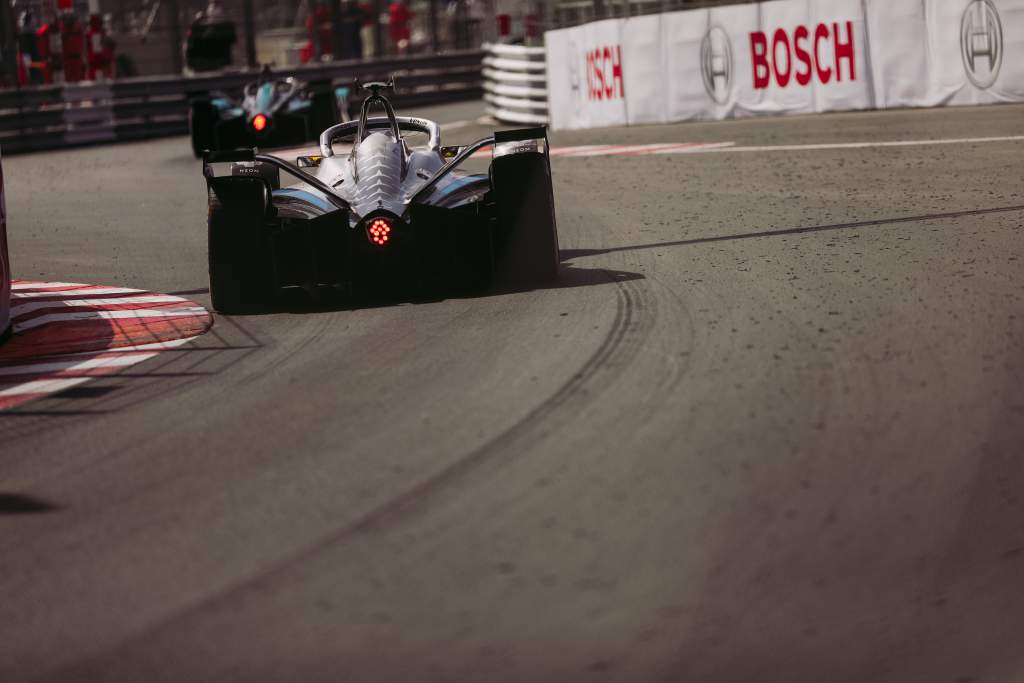
Before the juicy matters of who goes where for next season are considered, the rather dry subject of accounting and budget management will have a crucial impact on the 2021/22 season in readiness for the start of Gen3 a year later.
This is because two distinct Formula E cost caps will start to be introduced from next year onwards. It is yet to be absolutely finalised if driver salaries are to be included in the operational cost cap for teams but it is expected teams will know for sure sometime this autumn.
Last year, The Race reported on driver salaries being one of the biggest escalations year-on-year in Formula E with the big earners on or just over the €2m mark, with an estimated grid average of at least €750,000.
No-one disputes that the top drivers earn well and their managers are good at securing these abundant greenbacks. The harsh reality is that these experienced drivers are the ones who are consistently winning and can therefore demand the big salaries because Formula E is so unique.
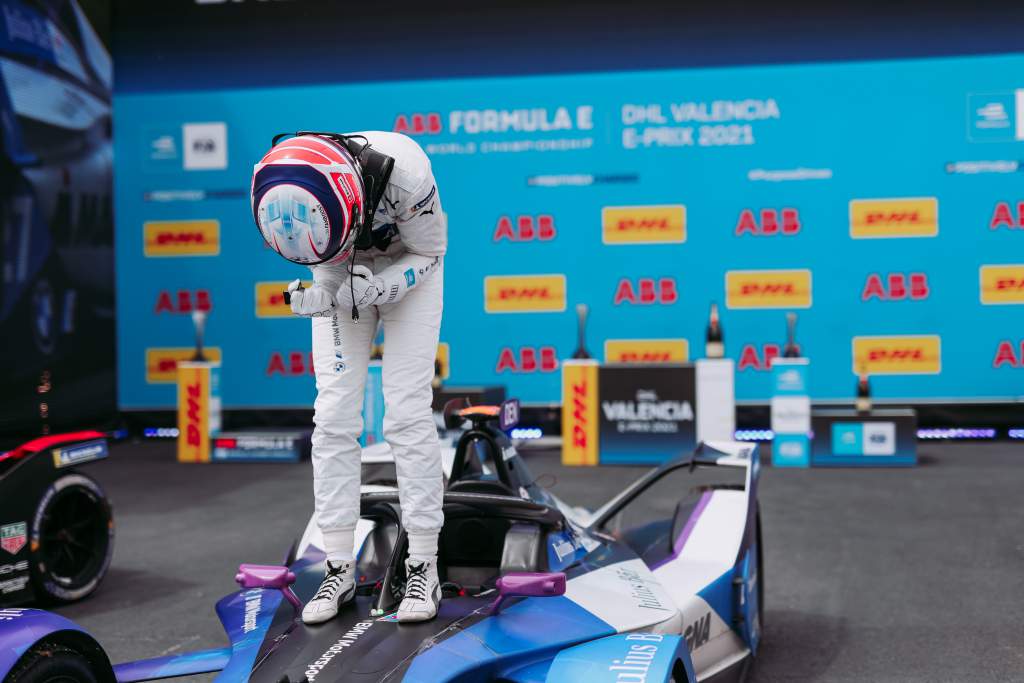
Since the start of the Gen2 era in 2018 only one rookie driver has won a race. That was Jake Dennis at Valencia last month.
Oliver Rowland and Pascal Wehrlein threatened to do so but only Rowland has so far delivered, in his sophomore season last year, while Maximilian Guenther took two wins in what was his second campaign but his first full season in 2019-20.
Presently, it looks like some items in the team’s cost cap will have a protective force-field of sorts around them and sit just outside of the actual cap itself.
The Race understands that, provisionally at least, these ‘islands’ will include driver salaries and some other marketing and hospitality investments from teams. However, this is far from confirmed.

Whether driver salaries are in the formal cost cap, which will be policed by specialist auditors from the start of the 2022-23 season, it is at least clouding the picture to some extent for driver managers right now.
A ‘soft launch’ of the cost cap procedures will be trialled next season to get accounting practices calibrated for the formal introduction a year later, but to what extent it is enforceable is yet to be seen.
Teams haven’t been given any guidance yet on how it will precisely operate and how legally it could happen.
Laws against restricting people’s ability to earn at European-based companies have been mentioned to The Race by some driver representatives recently, so a lot of the detail is yet to be completely understood.
At the very least the cost cap will change the structure of teams to some extent in terms of how and what they spend money on as priorities. How it might affect the grid as a whole in terms of its inherent quality will be fascinating to witness in the coming seasons.
DS Techeetah
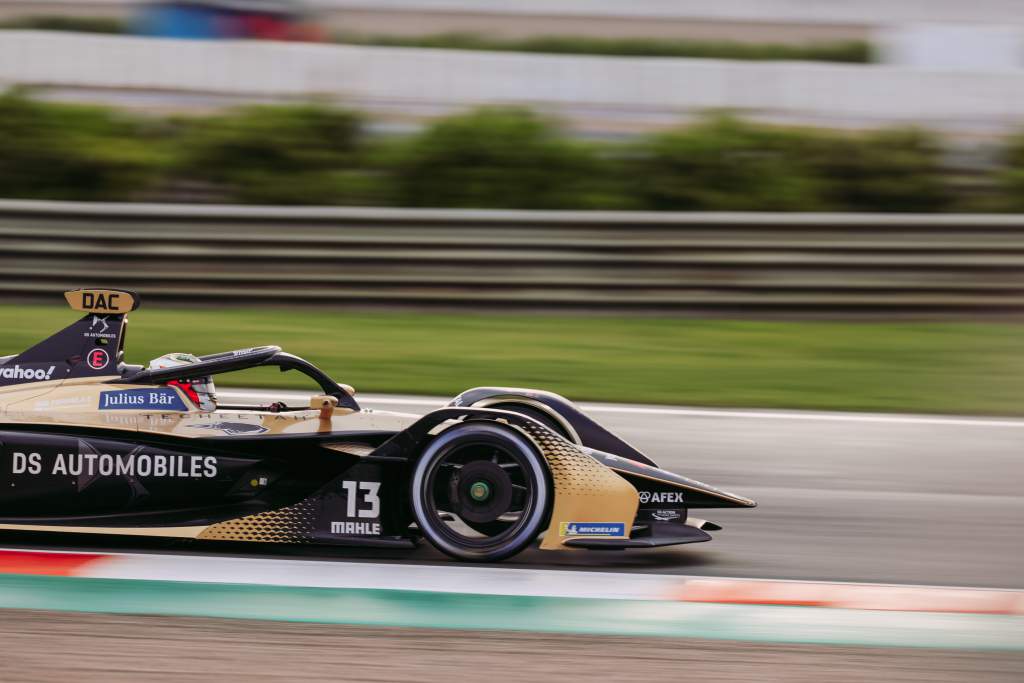
In the context of the driver market, could serial victors and multiple title winners actually be a kind of black-and-gold swan?
Sorry for being cryptic. But for explanation purposes, might it be that on the surface DS Techeetah looks serene, content and healthy but under the waterline there is structural confusion that is actually having a negative impact on any notions of stability right now?
The central point comes down to the ownership of Formula E’s most successful team.
Since it was founded in the summer of 2016 it has been owned by SECA, the Chinese sports marketing company, of which the chief investor is China Media Capital Holdings (and NBA Hall of Famer, Yao Ming).
From at least late 2019 onwards SECA has been looking at moving the team along to new owners and cashing in on its investment. This was always part of its plans and it has been reasonably upfront about that.
The global pandemic knocked some of these plans off target and since the summer of 2020 it has been a state of limbo, with some interested parties not coming up with the ‘right deal’ to move things forward.
This has inevitably caused some disruption in the team and has undoubtedly affected the drivers to some extent. The impact is relatively unseen but the effect could yet be telling.
Antonio Felix da Costa has at least a year left on his deal and at present all looks good, with a genuine crack at retaining his title. In theory this should offer a springboard to a lucrative new deal for Gen3 but many are not so sure.
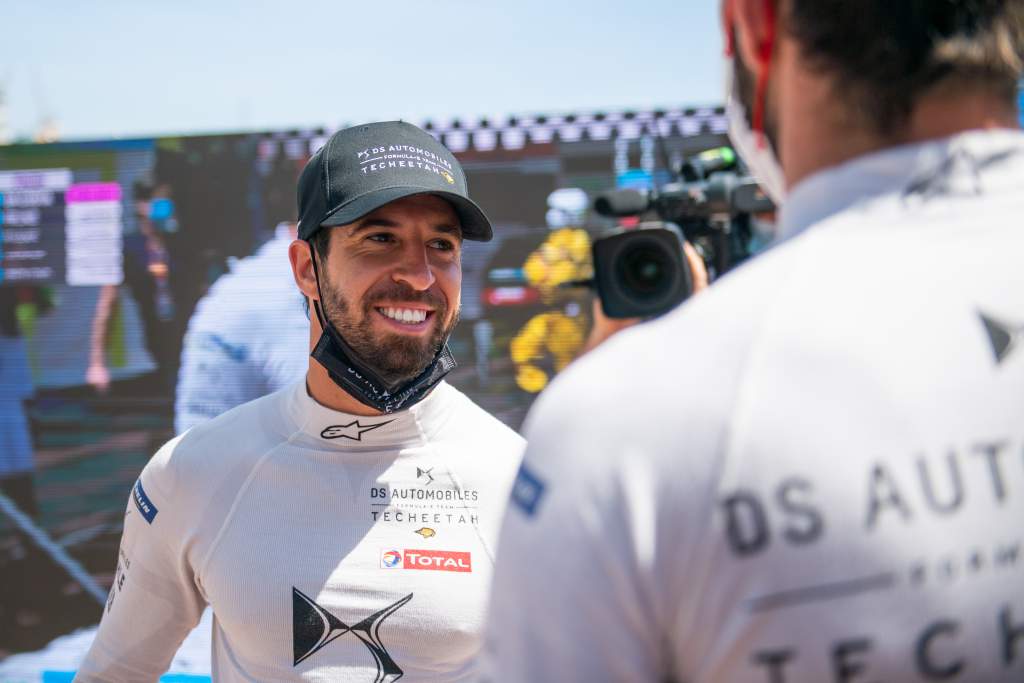
It seems likely that an offer from IndyCar, in some form or other, will come sooner rather than later. It could even see him racing stateside in taster events later this season, possibly at one or all of the Mid-Ohio, Portland and Laguna Seca races.
Will the appetiser then turn into feast for da Costa and point toward a full-time IndyCar deal in 2022, meaning he relinquishes a Formula E career? If that happens, it will create a late clamour for a plum drive at the Franco-Chinese team and the indication is that there is not a Plan B there at present.
The other berth at DS Techeetah is clearer in the sense that although Jean-Eric Vergne requires a new deal for the final season of Gen2 competition, his options are limited.
The double champion is in a corner to some degree. With a lucrative DS ambassadorial role and a prized Peugeot Hypercar seat from 2022 onwards, a switch to another manufacturer is likely out of the question.
Rather, the primary concern for Vergne is whether he continues a dual programme or not. The answer at present appears to be very much to the positive for a driver who is still one of Formula E’s top performers and earners.
Mitch Evans

Now one of two prized Jaguar driving assets, Mitch Evans is no doubt in the top echelon of Formula E drivers in the world championship.
He may only have won two E-Prixs so far but his pace, consistency and development instincts make him a big catch for any rival predators to Jaguar.
So far he has showed enormous loyalty to his employer. From a ragged first Donington test and a trying first season, through to a milestone-hitting first podium/first pole/first win progression by April of 2019.
Then came the initial title-challenging form of early 2020, a defining dip at Berlin and then a resurrection as a genuine championship contender this season.
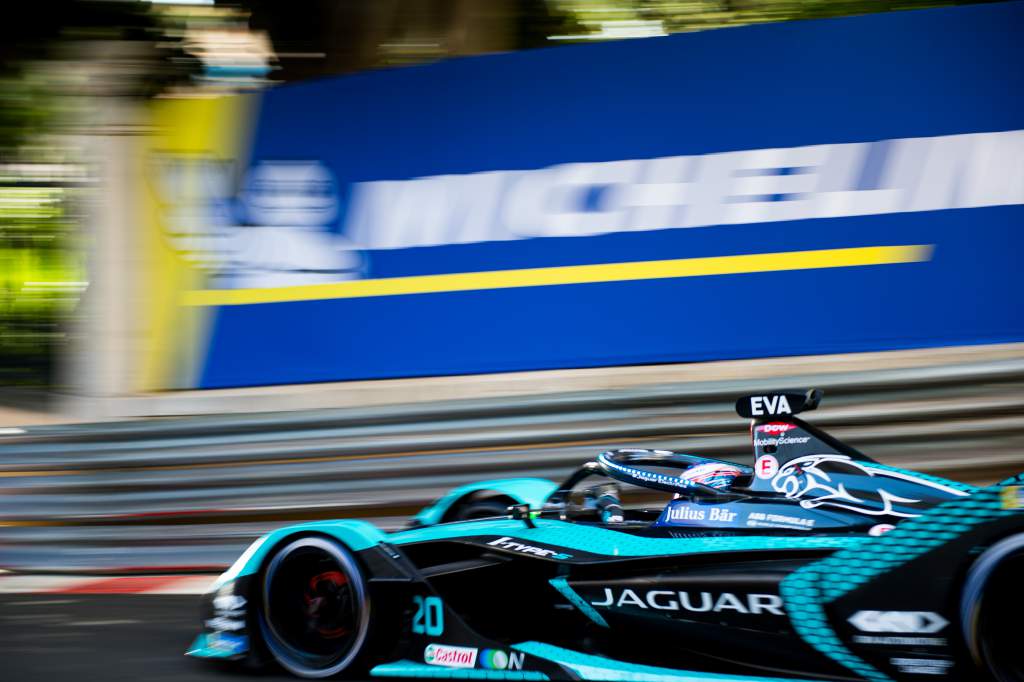
Evans has a real chance of winning the thing this time around but might he do so already knowing it will be his last at Jaguar?
There is a distinct chance, as he is in the second season of his present deal, which is now believed to give a degree of freedom with what he does with his future in Formula E.
He and his management team of Ann Neal and Mark Webber might well be taking the view that it is now time to move on after almost five years with the Big Cat.
Perhaps Evans wants to broaden his racing more and re-visit his brief sportscar cameos at Spa and Le Mans in 2015. That was when he took a brilliant victory and runners-up position respectively in LMP2 with the JOTA squad.
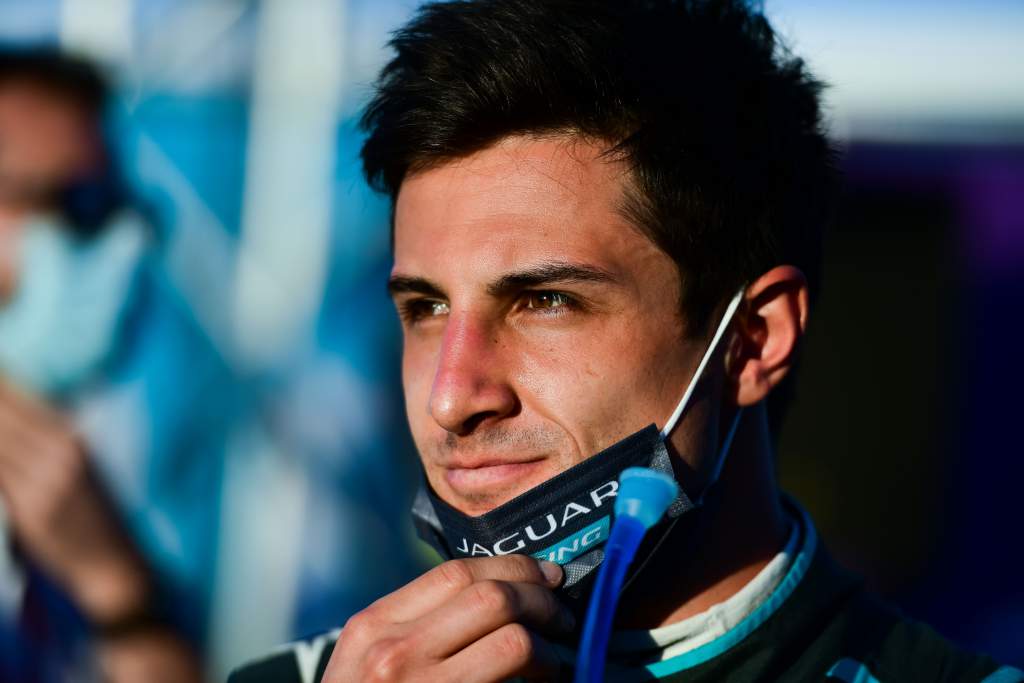
More likely though it would be a cocktail of reasons. Chief among them will be long-term stability and as much of a guarantee as possible that he can lead a team into the Gen3 era and fight for race wins and titles.
Should Evans make a move, it would trigger a feeding frenzy for the prized vacant seat alongside Sam Bird.
Already, drivers such as Oliver Rowland (Nissan), Maximilian Guenther (BMW) and Lucas di Grassi (Audi) are being courted, and are courting teams, after casting nets for new possibilities. All three have race winning credentials and all three would be desirable plug-in-and-play options to a great extent.
Several others on the grid will be doing the same right now but outside possibilities also exist and with a final season of Gen2 to come it is as good a time as any to blood new talent
Daniil Kvyat, Callum Ilott and Sacha Fenestraz in particular are all talking to teams about future drives in Formula E and could effectively demote some drivers from race seats next season.
The Gen3 cars
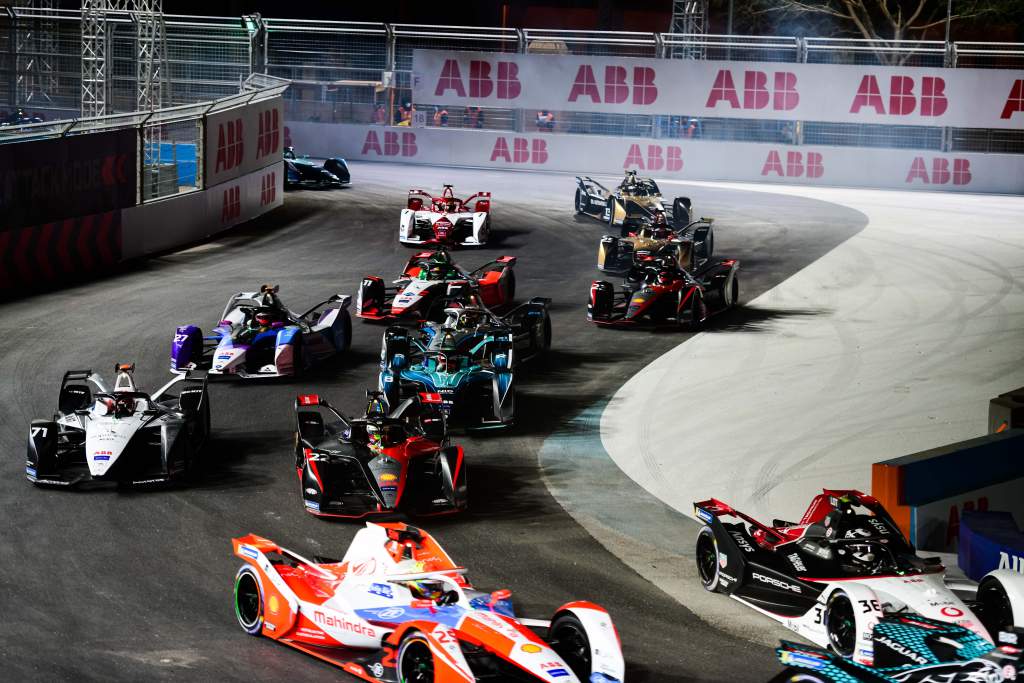
The other intriguing detail within these key factors is simply time itself.
In relation to some original driver contracts that were drawn up and completed at the start of Gen2 (in 2018), some parameters have since moved.
The original iteration of the second rules set was supposed to be for three seasons (until the present 2020-21 campaign) but this was extended to four in early 2019.
A knock-on for some drivers has occurred, as has the elongation to the seasons as a whole, which for the current campaign, just as last season, will run through until mid-August.
While that can be overcome and renegotiated relatively easily, the matter of whether teams get their preferred Gen3 drivers now in readiness for development testing in the spring and summer of 2022 is crucial.
The overriding feeling with most teams is a strong preference for the same drivers to complete the final season of Gen2 and also start the crucial first campaign of Gen3 in 2022/23.
That means some juicy two-year deals at the very least could be up for offer right now as some teams could be on the cusp of having to make difficult decisions on their driver strategy.
Teams will receive their Gen3 hardware in January and likely start testing in March/April in parallel programmes to their 2021-22 season campaigns. Could this then see the advent of a more structured third/reserve driver policy for teams?
Remarkably, some teams at present don’t have a dedicated and experienced third driver on their books. Recently Stephane Sarrazin, as perfect a development driver as you could want, tested for Nissan as it readied its newly homologated car.
Why wouldn’t you want that that facility at such a busy time as spring of 2022, when teams will be juggling so much?
Ultimately all of these key factors are merely a top strata to the driver market.
Beneath it are myriad negotiations and storylines that will bubble to the surface in the coming months to spit geyser-like over a volatile and fascinating Formula E silly season panorama.


